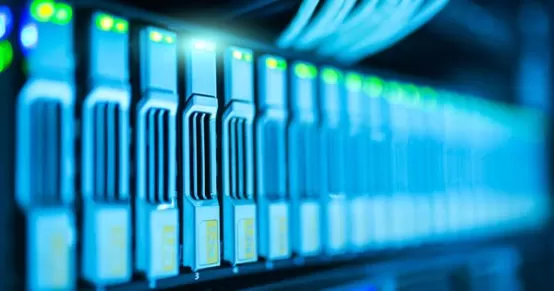
TIER
The concept of TIER relates to the level of reliability and security of a data center and is related to 4 defined certification levels. The higher the TIER number, the greater the benefits, availability, security, and this is also reflected in the costs associated with construction or implementation. Currently, there are 4 different types of TIER defined in the world, and ordered from lowest to highest they are:
TIER I: Basic data center – 99.671% reliability.
Service may be interrupted by planned or unexpected activities or actions.
It does not have adequate and special elements for power distribution and cooling.
- It may or may not have raised floors, auxiliary power generators or UPS.
- The data center will be taken out of service once a year, with the aim of carrying out maintenance activities or repairs if necessary.
TIER II: Redundant data center – 99.741% reliability.
You are less susceptible to interruptions from planned or unexpected activities.
Redundant components (N+1)
It has raised floors, auxiliary power generators or UPS.
They connect to a single electrical load and cooling line.
If the data center requires maintenance of any cold or electrical distribution component or other parts of infrastructure, it requires an interruption in service.
TIER III: Concurrently Maintainable Datacenter – 99.982% reliability.
It is possible to schedule maintenance actions without the need to interrupt the service.
Unplanned eventualities can cause an unplanned service stoppage.
Redundant components (N+1)
It connects with multiple electrical charging and cooling lines, however, only one remains active; the others are backup lines.
Maintenance by lines is possible without interruption of the computing service, due to its distribution capacity.
TIER IV: Fault-tolerant data center – 99.995% reliability.
It has the capacity to withstand at least one unplanned ‘worst case scenario’ event without critical impact on electrical and cooling load.
Connected multiple electrical and cooling distribution lines with multiple redundant components (2 (N+1) means 2 UPS with N+1 redundancy).
Maintenance is possible without affecting computing services.
At Outsourcing S.A.S. BIC has the latest technology infrastructure that guarantees your company storage capacity and security of your information. Learn about our technology here.

